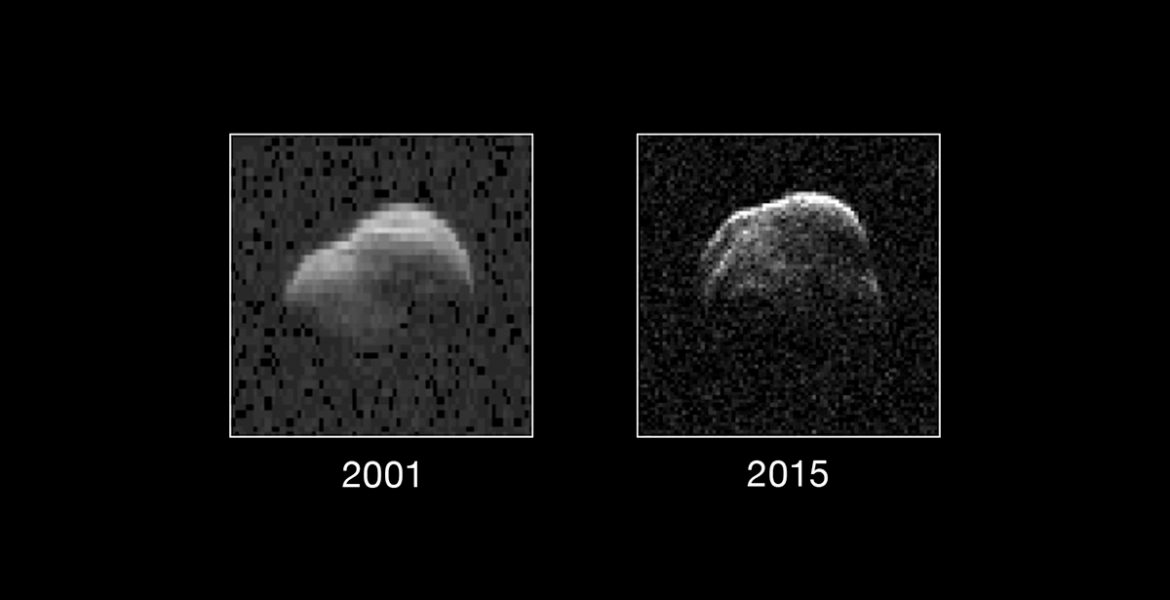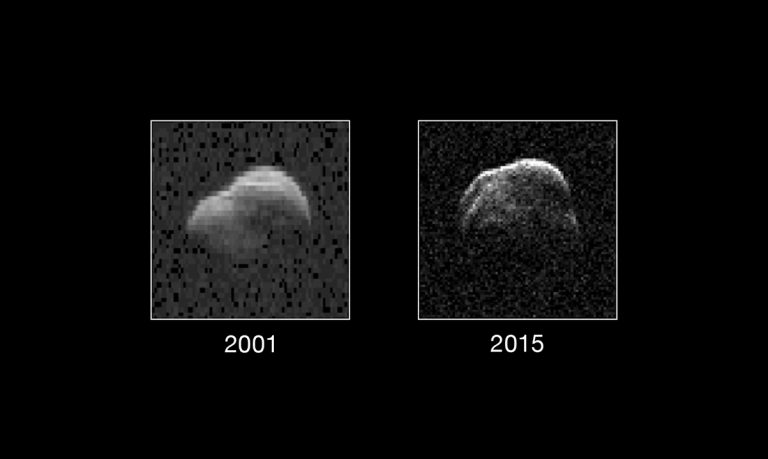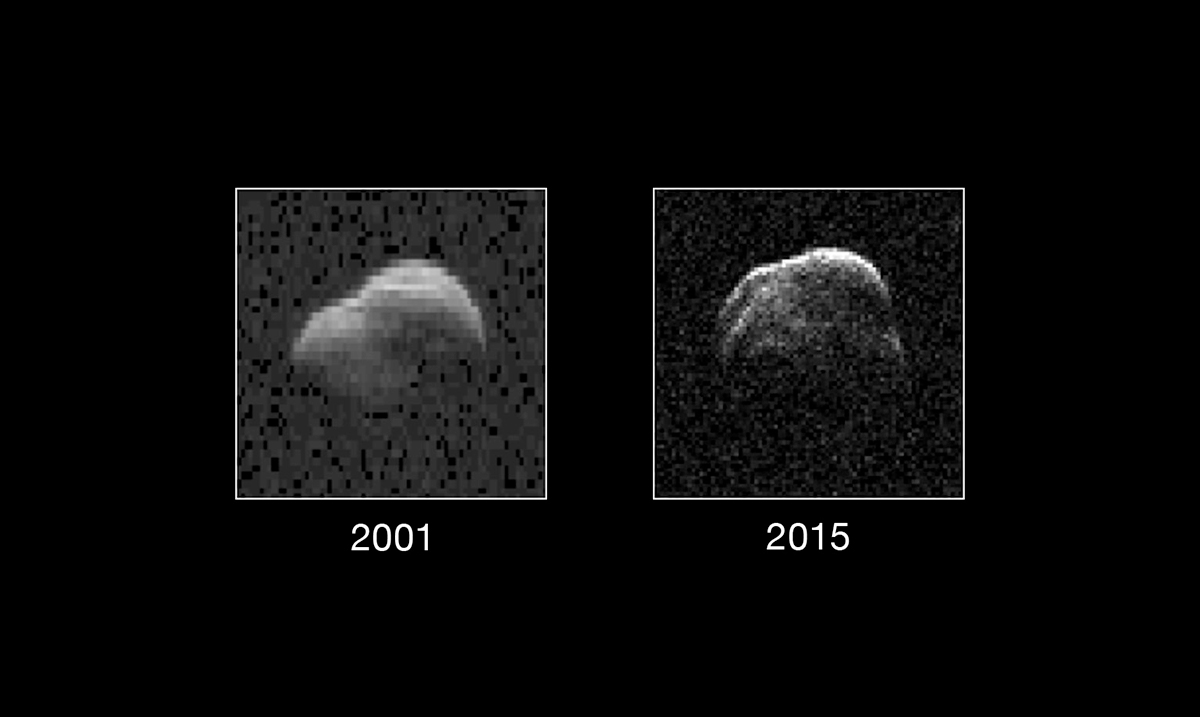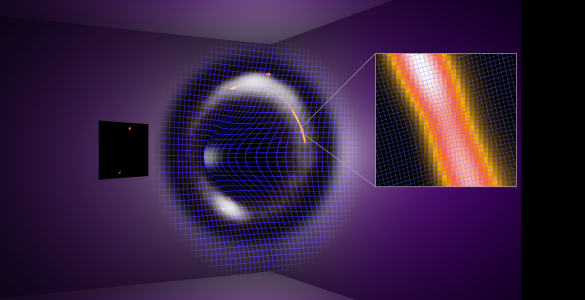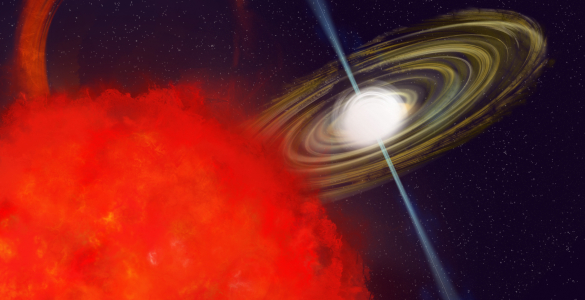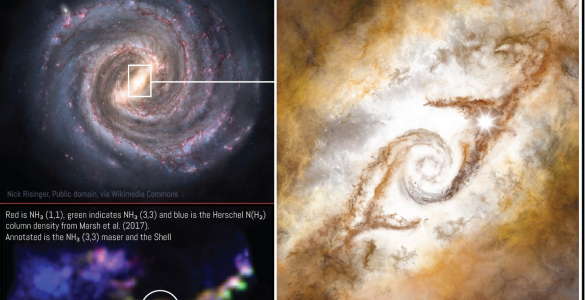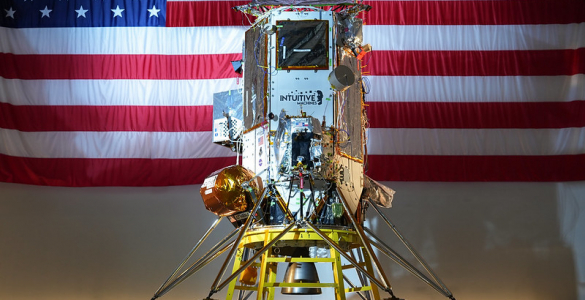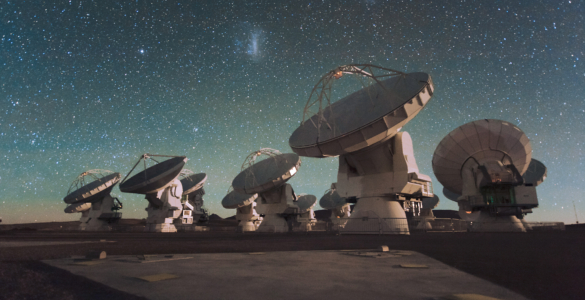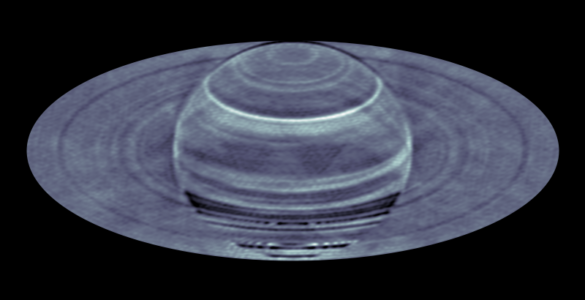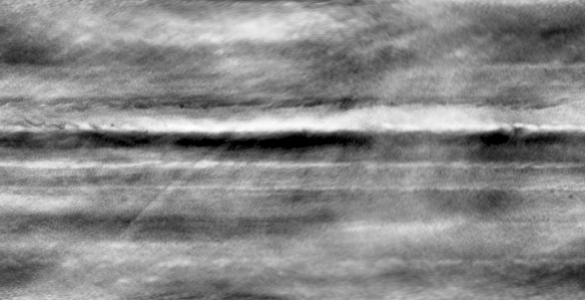Asteroid 1998 WT24 safely flew past Earth on December 11 at a distance of about 2.6 million miles (4.2 million kilometers, 11 lunar distances). During its flyby, NASA scientists used the 230-foot (70-meter) DSS-14 antenna at Goldstone, California, and the National Science Foundation’s (NSF) 300-foot (100-meter) Green Bank Telescope (GBT) in West Virginia to probe it with microwave transmissions. Using this technique, known as bistatic radar, they created the highest-resolution radar images of the asteroid.
This is the second time asteroid 1998 WT24 has been image by radar. The first taken solely with Goldstone in 2001 revealed that the asteroid was about 1,300 feet (400 meters) in diameter and shaped like a Russet potato. These first radar images had a resolution of about 60 feet (19 meters) per pixel.
The new radar images shown here achieve a spatial resolution as fine as 25 feet (7.5 meters) per pixel. They were obtained using the same DSS-14 antenna at Goldstone to transmit high-power microwaves toward the asteroid. This time, the radar echoes bounced off the asteroid were received by the GBT.
“With this upgraded resolution we can see the asteroid’s ridges and concavities in much greater detail,” said Shantanu Naidu, a postdoctoral researcher at NASA’s Jet Propulsion Laboratory (JPL) in Pasadena, California, who works with the radar team and set up the observing plan for the asteroid’s flyby. “One or two other radar bright features that could be outcrops on the surface are also visible.”
The next visit of asteroid 1998 WT24 to Earth’s neighborhood will be on Nov. 11, 2018, when it will make a distant pass at about 12.5-million miles (52 lunar distances).
Radar is a powerful technique for studying an asteroid’s size, shape, rotation, surface features and surface roughness, and for improving the calculation of asteroid orbits. Radar measurements of asteroid distances and velocities often enable computation of asteroid orbits much further into the future than would be possible otherwise.
The GBT is the world’s largest fully steerable radio telescope. Its location in the National Radio Quiet Zone and the West Virginia Radio Astronomy Zone protects the incredibly sensitive telescope from unwanted radio interference, enabling it to perform unique observations.
The National Radio Astronomy Observatory is a facility of the National Science Foundation, operated under cooperative agreement by Associated Universities, Inc.
# # #
Media Contacts:
DC Agle
Jet Propulsion Laboratory, Pasadena, Calif.
818-393-9011
agle@jpl.nasa.gov
Charles Blue
National Radio Astronomy Observatory
434.296.0314
cblue@nrao.edu






